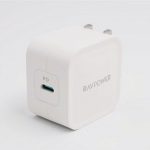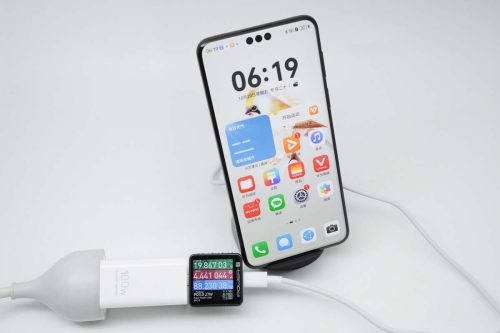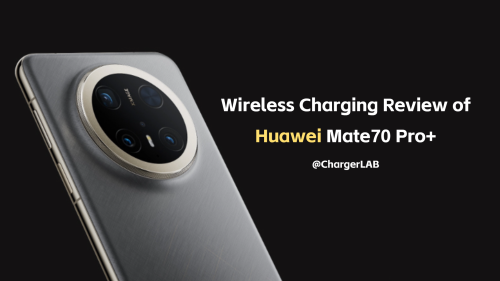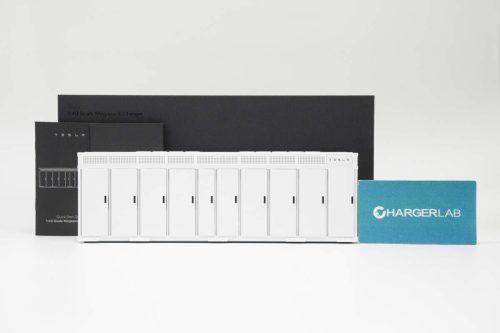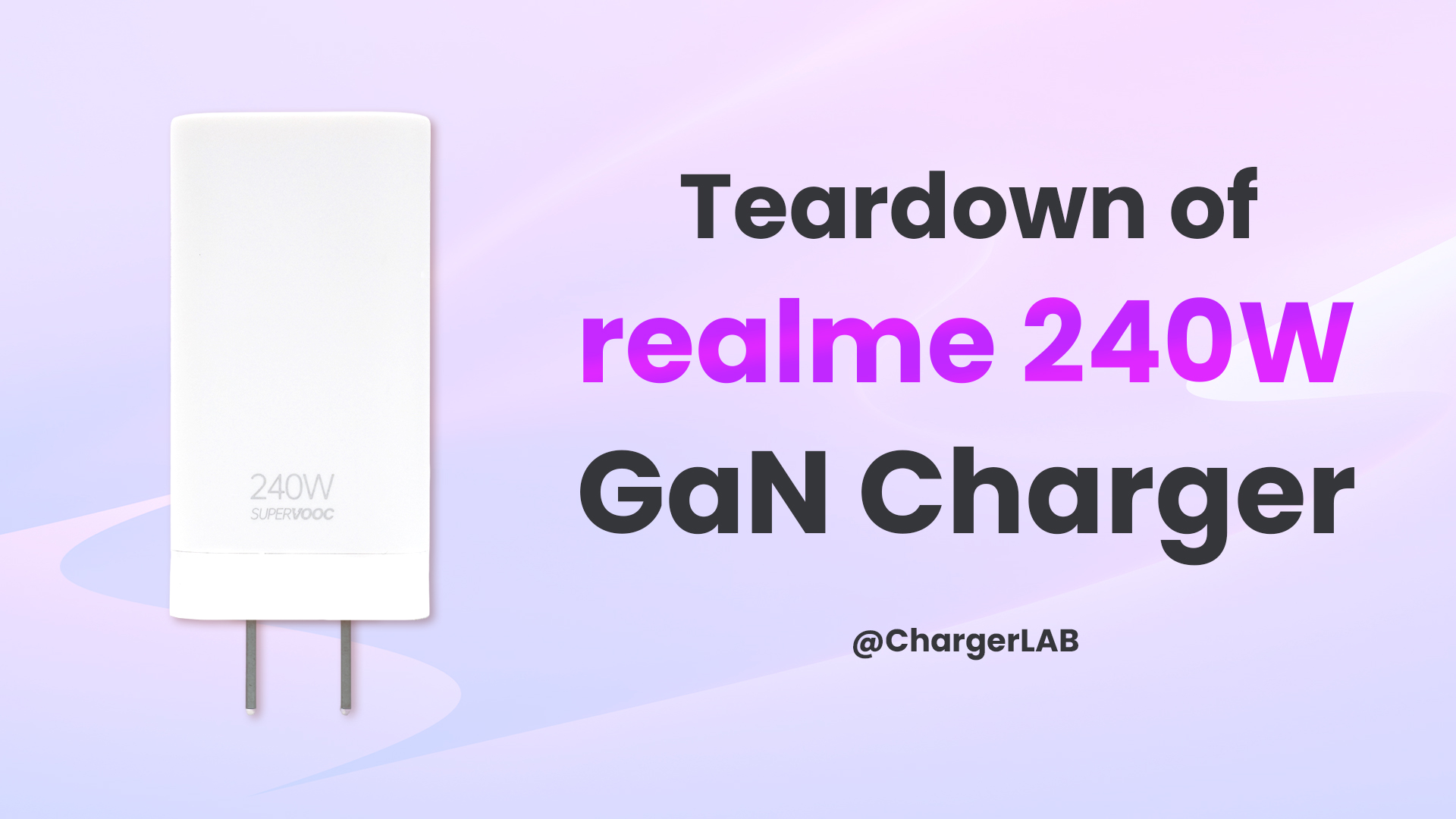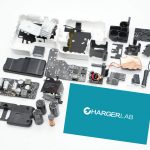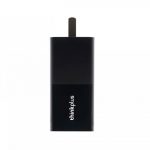When Anker first released the world's first GaN charger, the PowerPort Atom PD 1 30W GaN charger on October 25, 2018, it shocked the industry and the consumer market with its ultra-compact size, ultra-high power density and effieciency. It ignited the GaN charger market.
Now, after almost one year, we now have multiple GaN chargers covering wattage from 24W to 65W, and even 300W, with the price dropped from $1 per watt to around $0.6 per watt.The recently-released Ravpower PD Pioneer 30W GaN charger is a worthy contender to the best-selling Anker 30W PowerPort Atom PD 1 with its smaller size, lighter weight, and foldable prongs. And here's our teardown.
I Unboxing
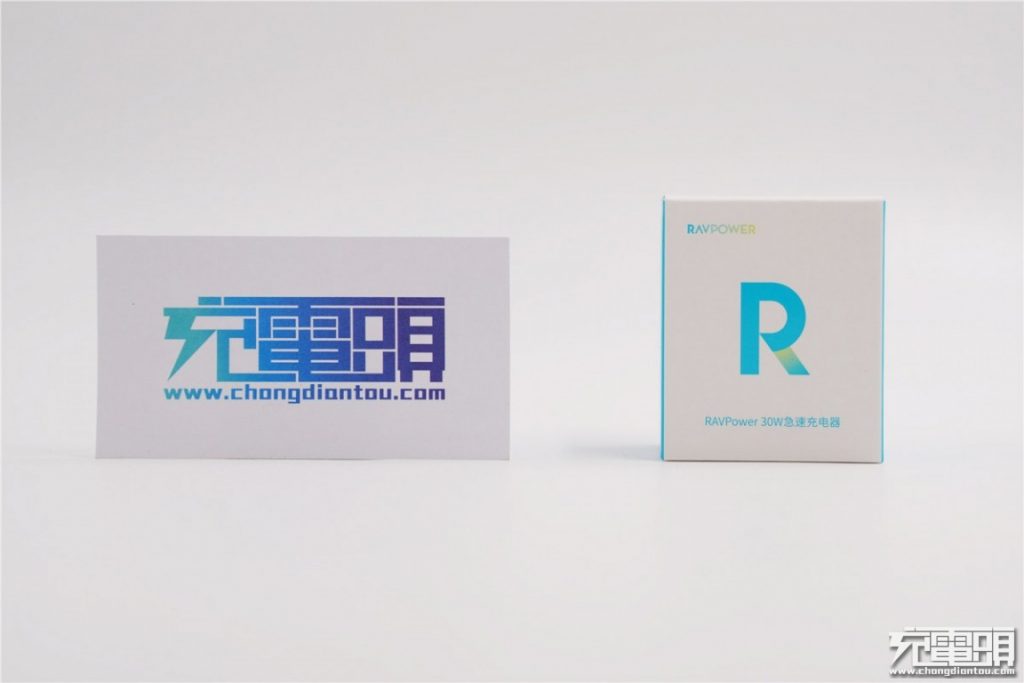
We have the Mainland China version. It comes with a clean with box with Ravpower's updated new logo.
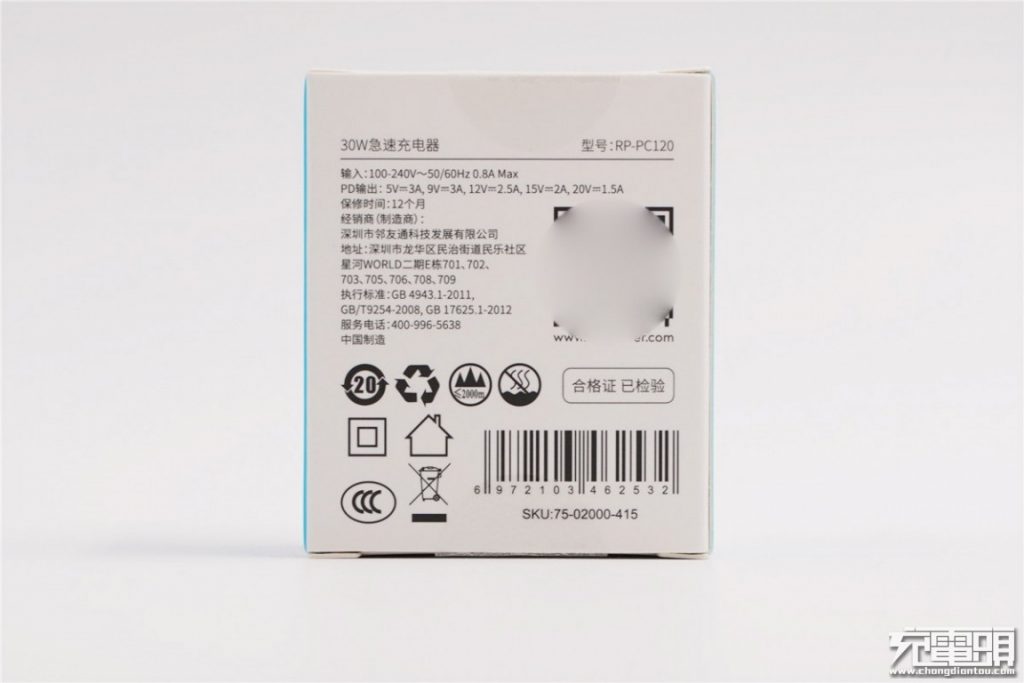
Specifications on the back.
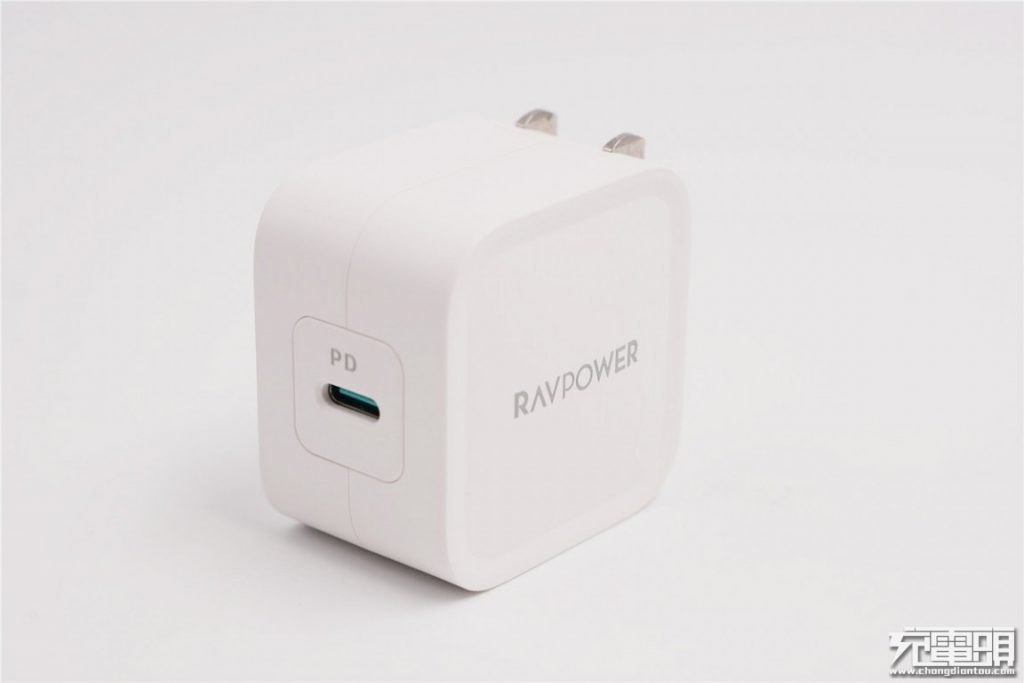
It features the same design as its bigger brother which is a square box with rounded corners. It has a glossy finish on the front and rear, and a matte finish on the sides.
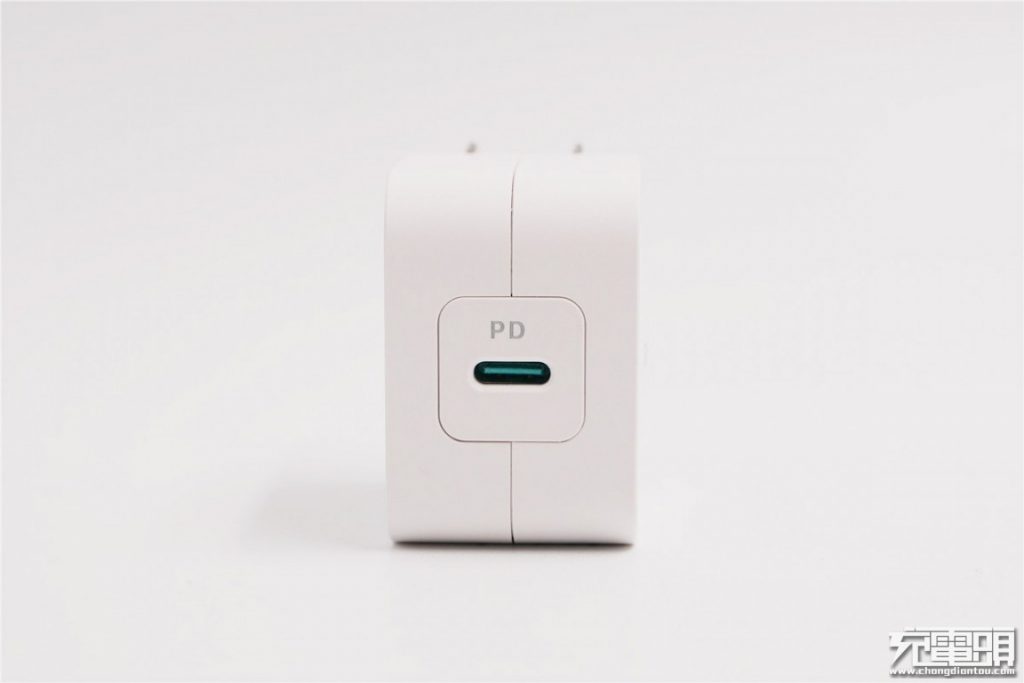
The Single USB-C port has a green plastic tongue inside.
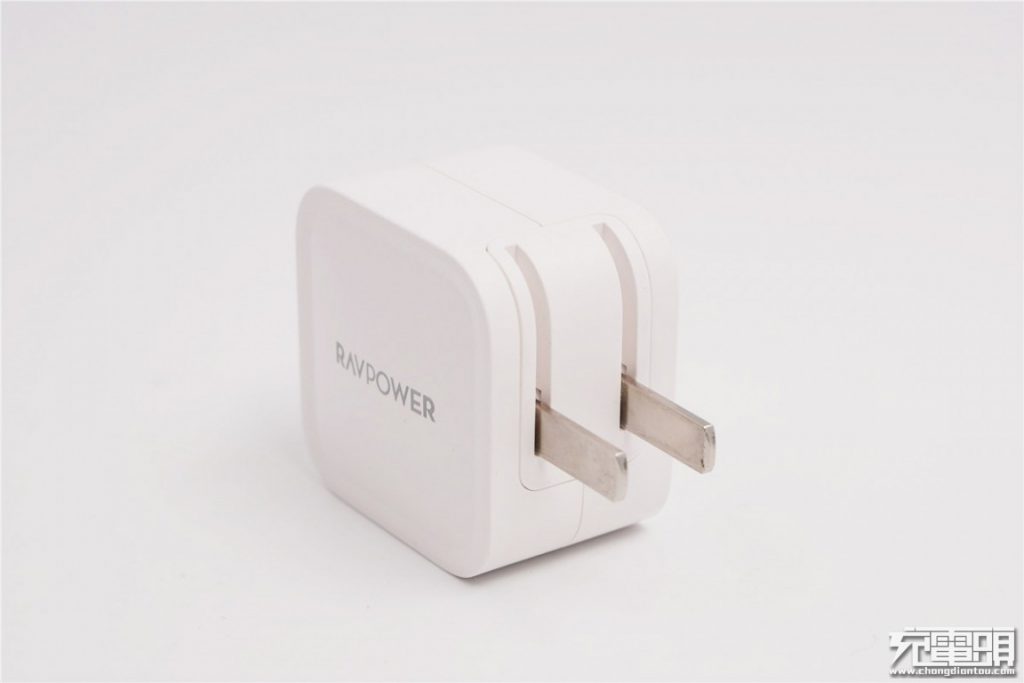
Foldable prongs.
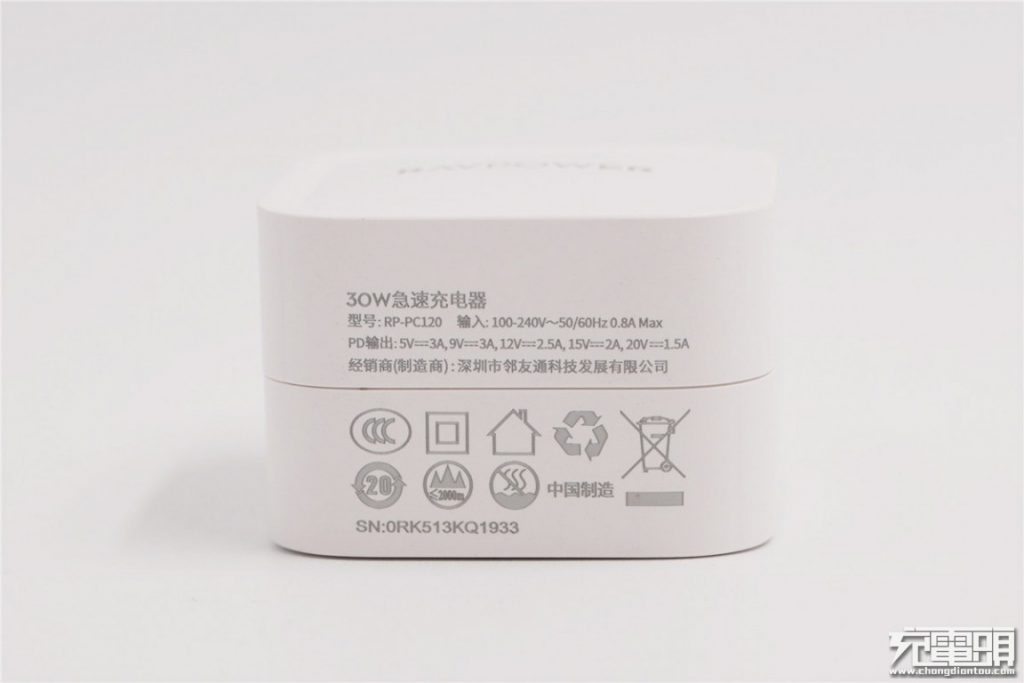
Specifications on the back.Model: RP-PC120Input: 100-240V~ 50/60Hz 0.8A MaxOutput: 5V/3A, 9V/3A, 12V/2.5A, 15V/2A, 20V/1.5A
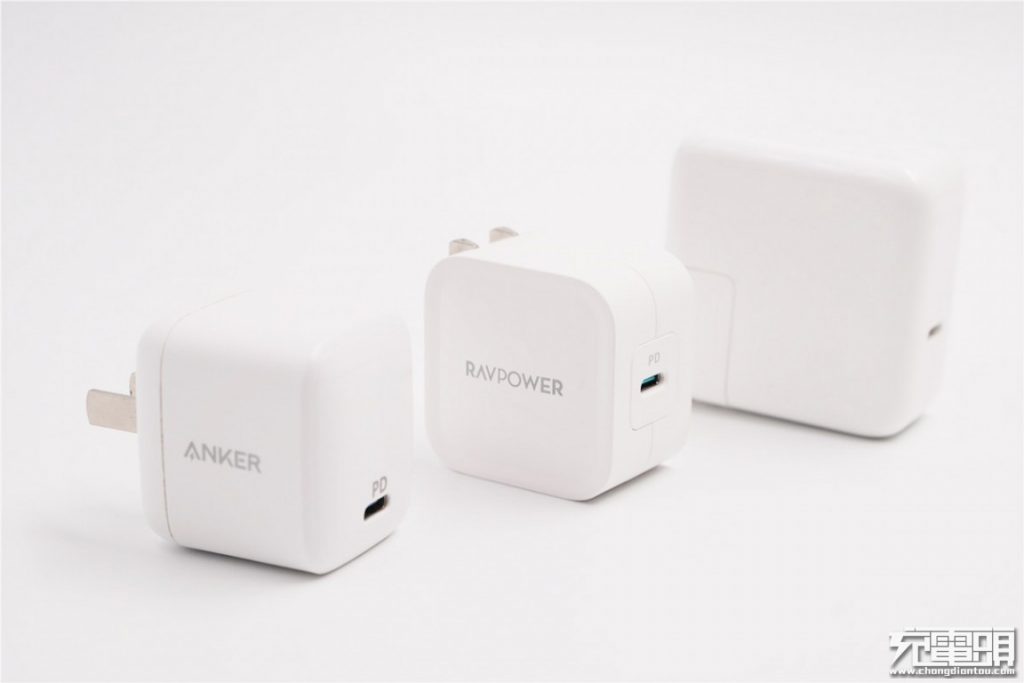
Size comparison with the Anker 30W PowerPort Atom PD 1 (left), and Apple 30W PD charger (right).
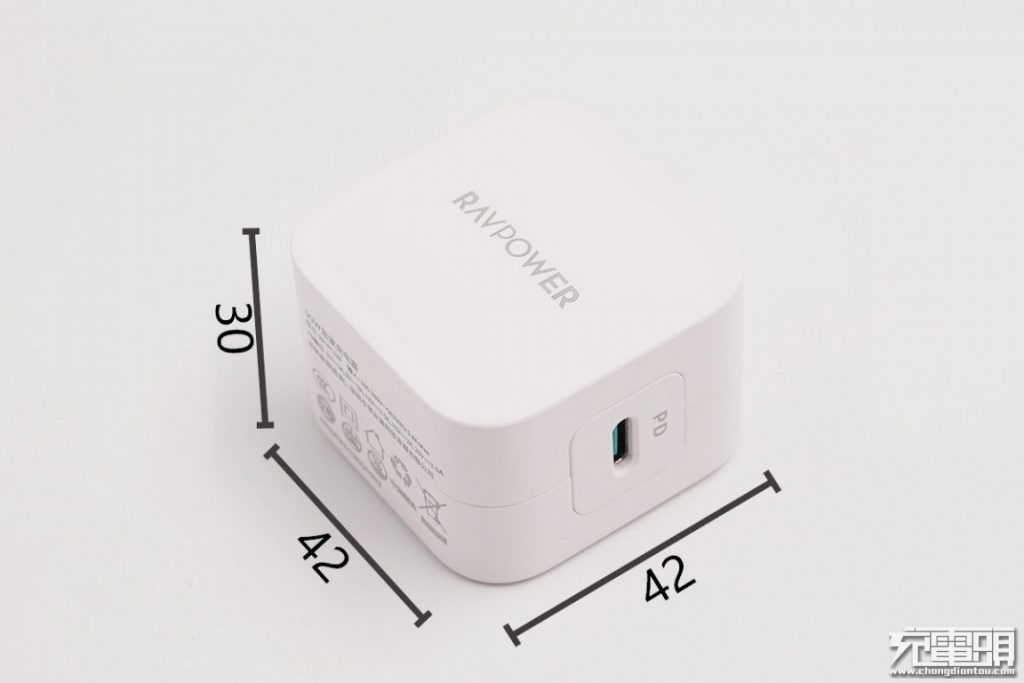
Dimensions: 42x42x30mm (1.7×1.7×1.1in), 53.1cc.
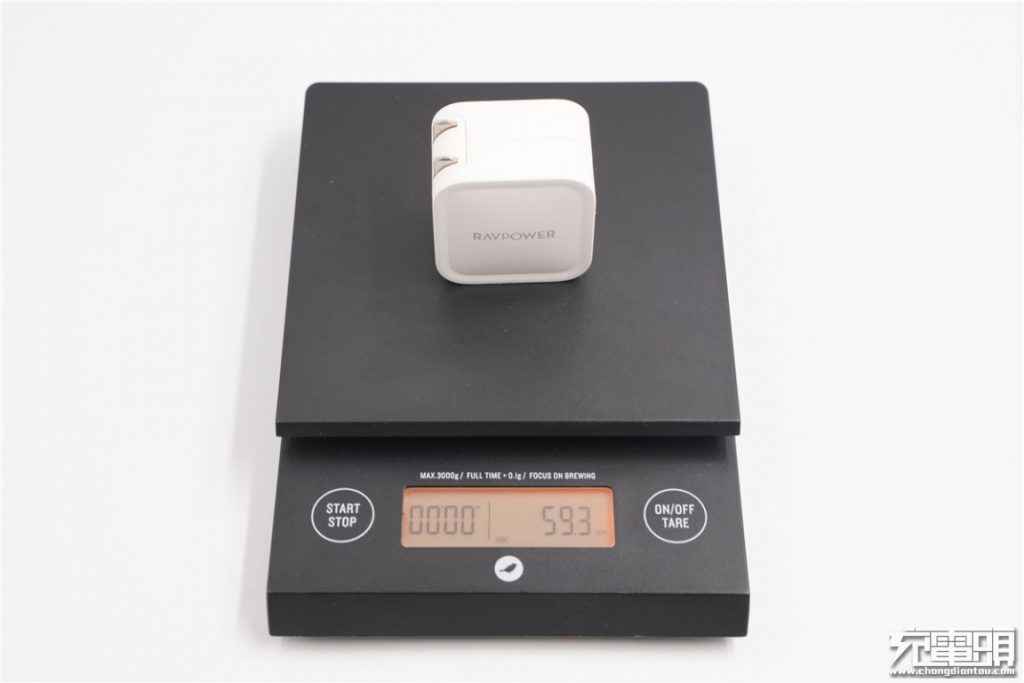
It weighs 59.3g (2.1oz).
II Quick Test
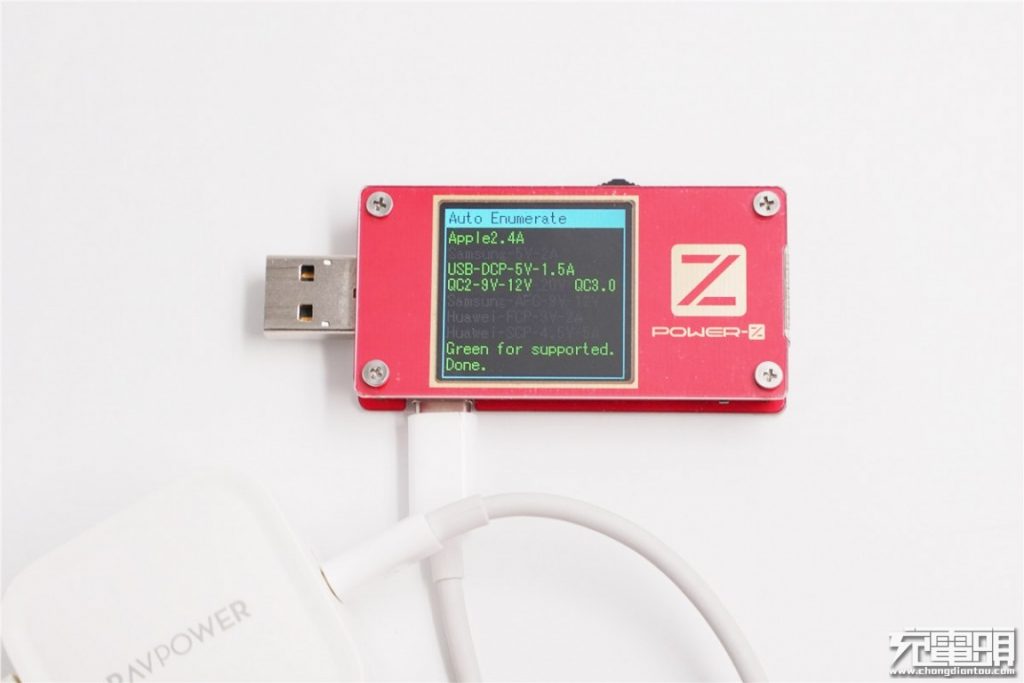
Using ChargerLAB Power-Z KT001 USB power tester, we know that it supports Apple 2.4A, DCP, QC 2.0, and QC 3.0 protocols.
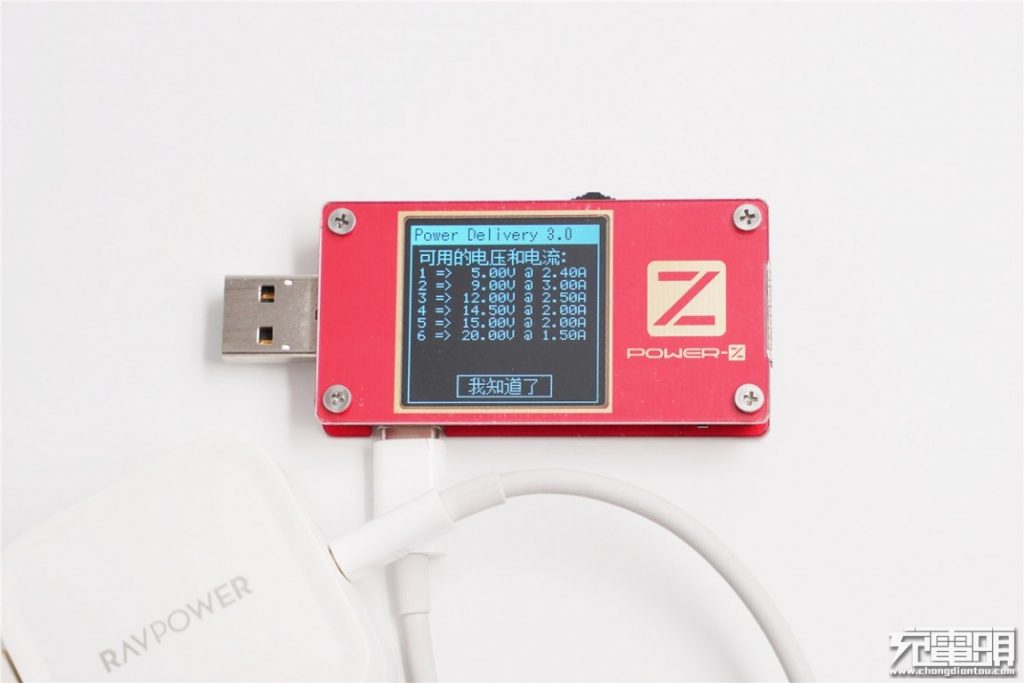
It also supports 5V/2.4A, 9V/3A, 12V/2.5A, 14.5V/2A, 15V/2A, 20V/1.5A.
III Teardown
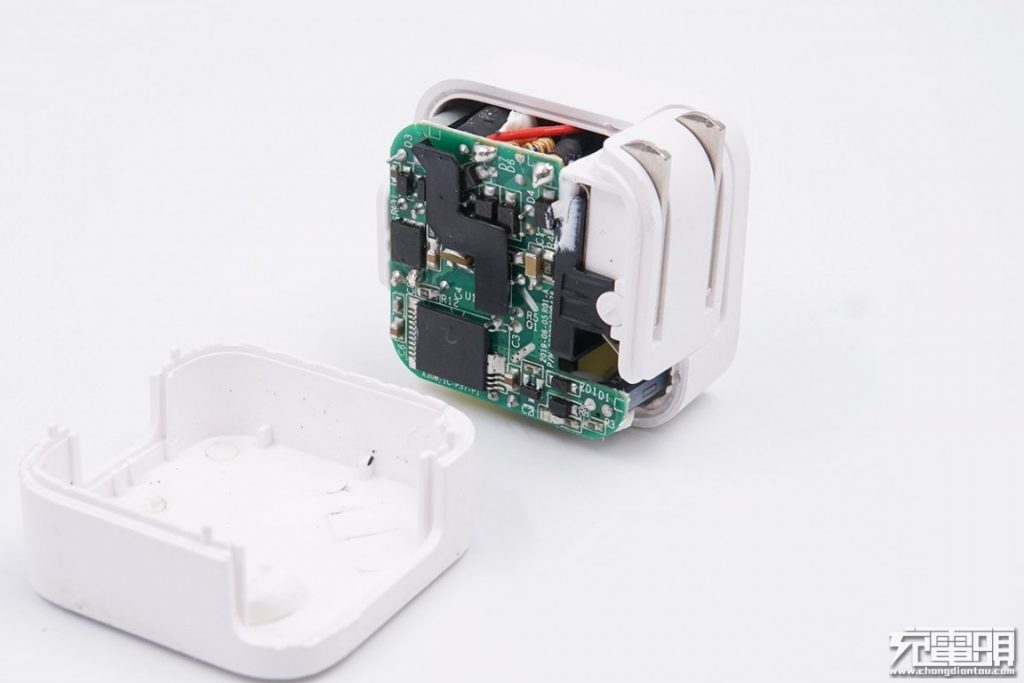
Pry open the case along the side which uses ultrasonic welding, like its bigger brother.
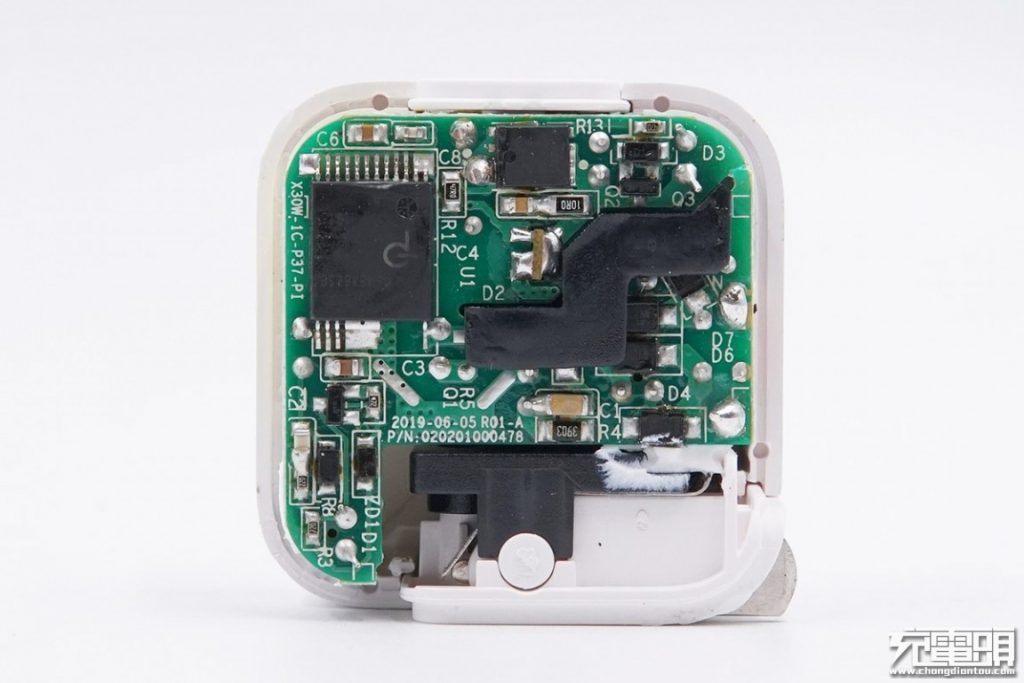
In order to make room for the foldable prongs, the PCB is L-shaped. There is an insulating baffle between the primary side and the secondary side with hollowed-out design for satety. On the left side of the PCB is the controller chip from PI, a highly-integrated chip with GaN inside, placed between the primary side and the secondary side. There is a synchronous rectification MOS tube in the upper right corner.
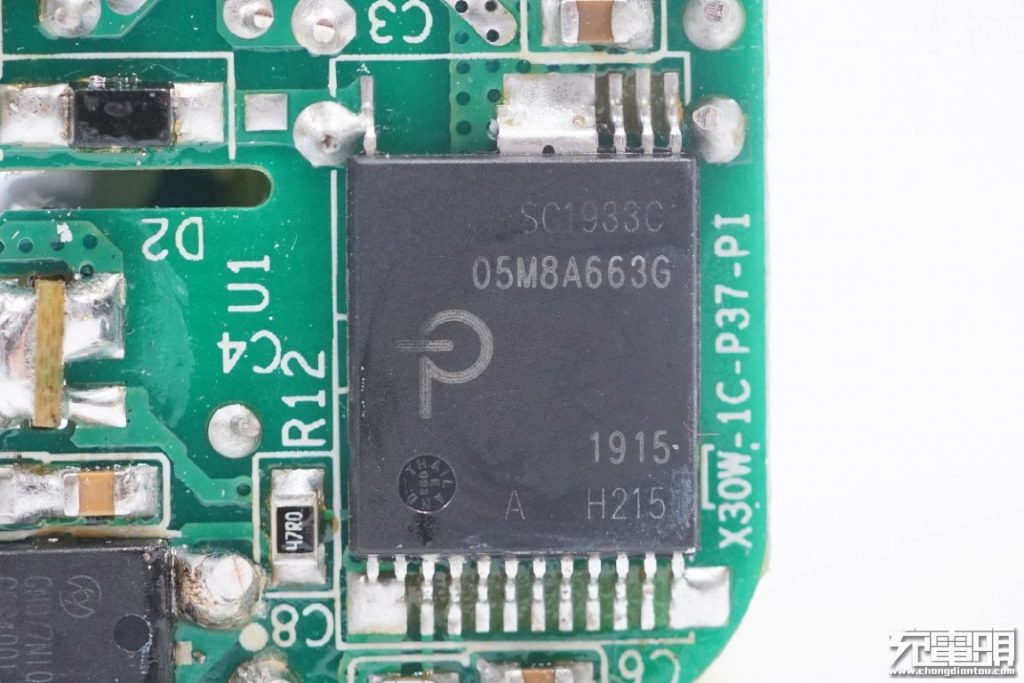
The main controller chip, an SC1933C from PI, which belongs to PI's PowiGaN series, also the first GaN-based product launched by PI. Its high frequency and low loss features can improve the power density, reduce size and weight of the chargers.
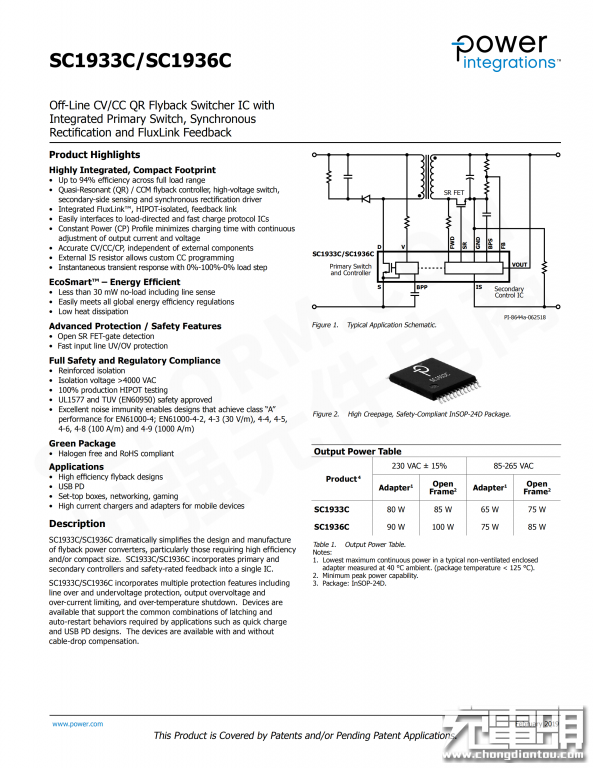
This GaN chip is also used in Anker PowerPort Atom PD 1 (https://www.chargerlab.com/anker-powerport-atom-pd-1-30w-gan-charger-teardown-review-tiny-beast/) and the Anker PowerPort Atom PD 2 with GaN (https://www.chargerlab.com/anker-powerport-atom-pd-2-with-gan-a2029-teardown-review/) as our teardowns reveal.
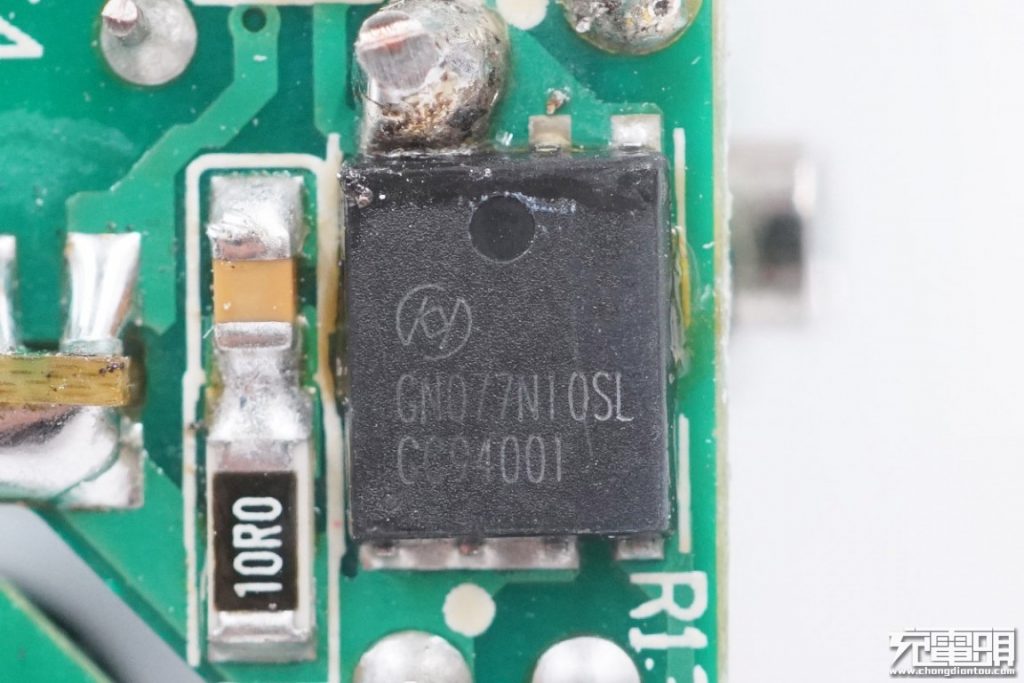
The secondary synchronous rectification MOS transistor is from Hunteck, model HGN077N10SL, and is controlled by the PI SC1933C.
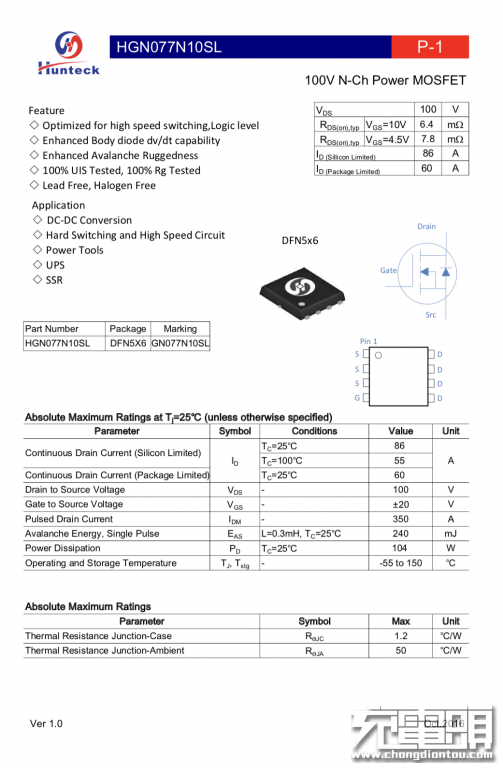
Detailed specifications of the Hunteck HGN077N10SL.
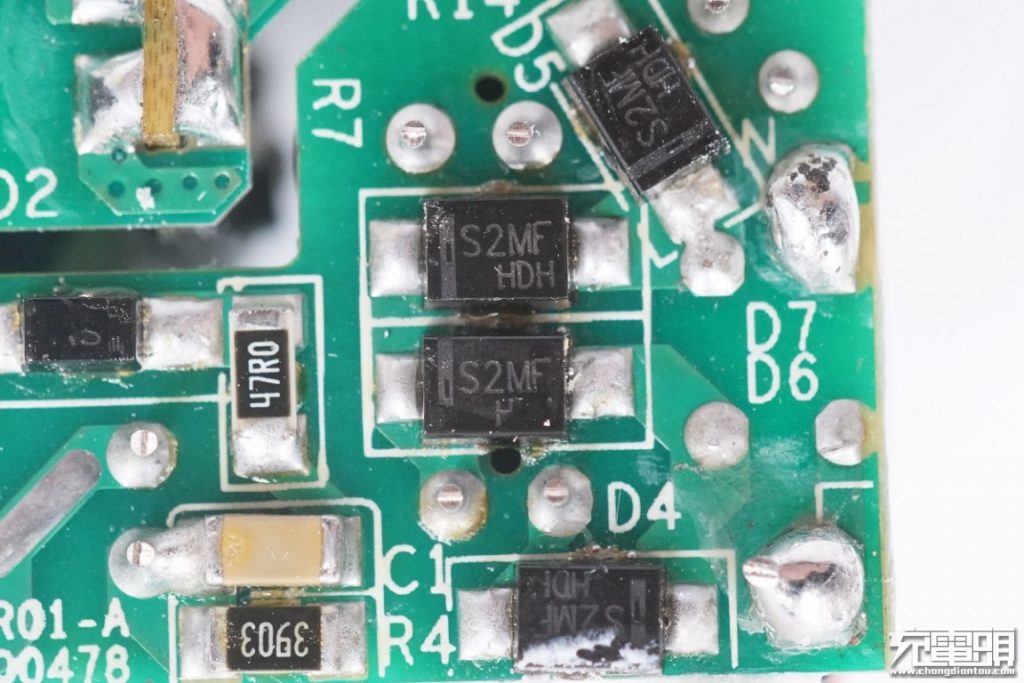
The input side uses four diode bridge rectifiers.
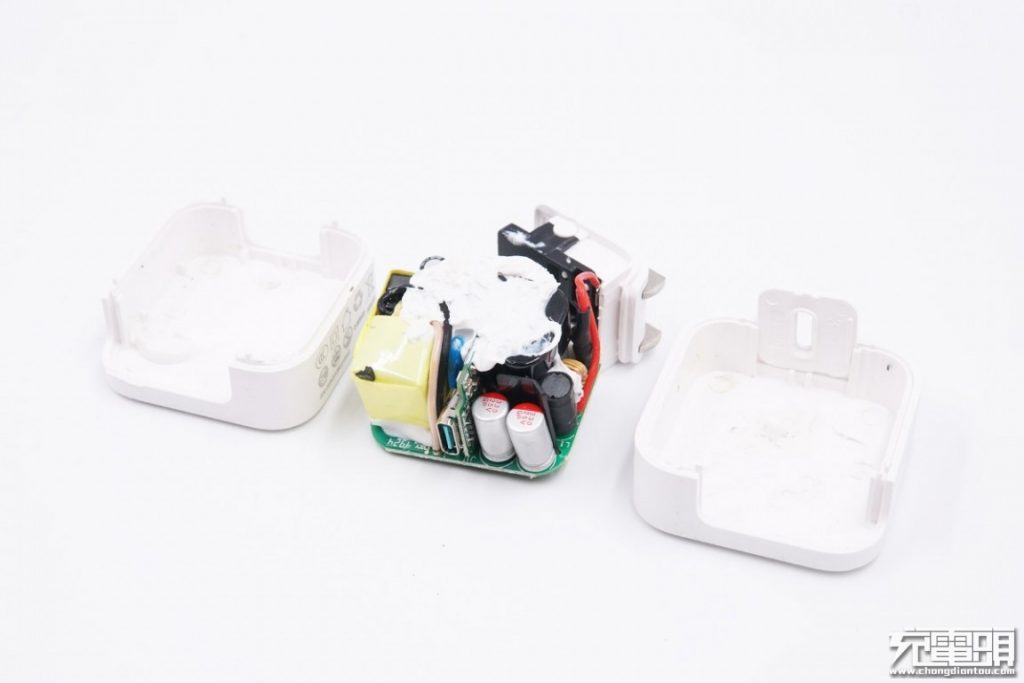
The PCBA is filled with white silica gel.
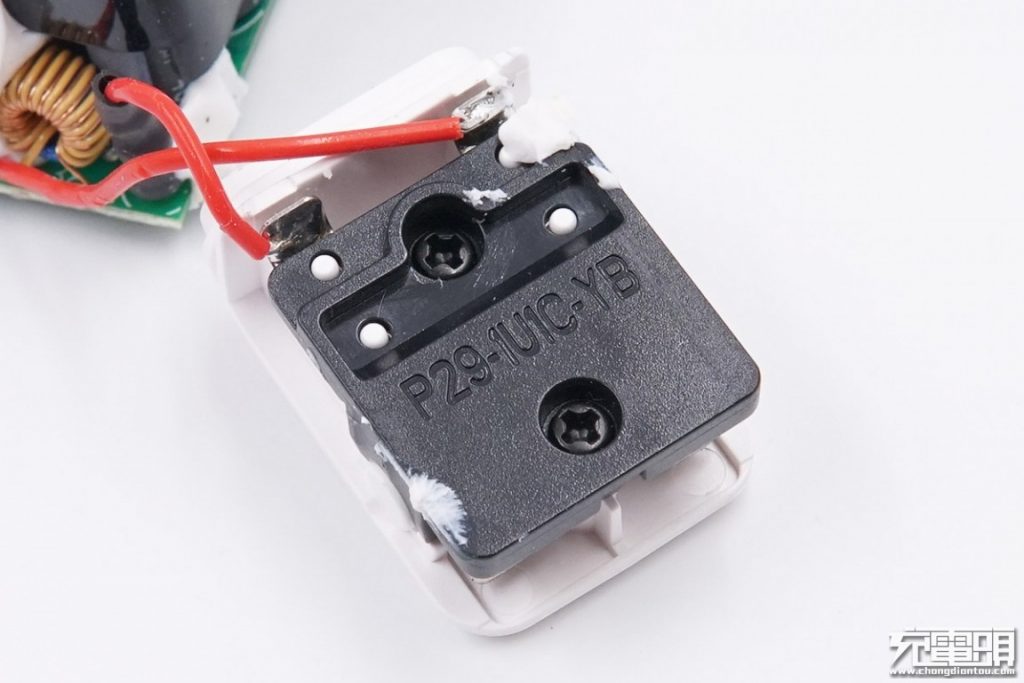
Letter code on the AC prongs: P29-1U1C-YB.
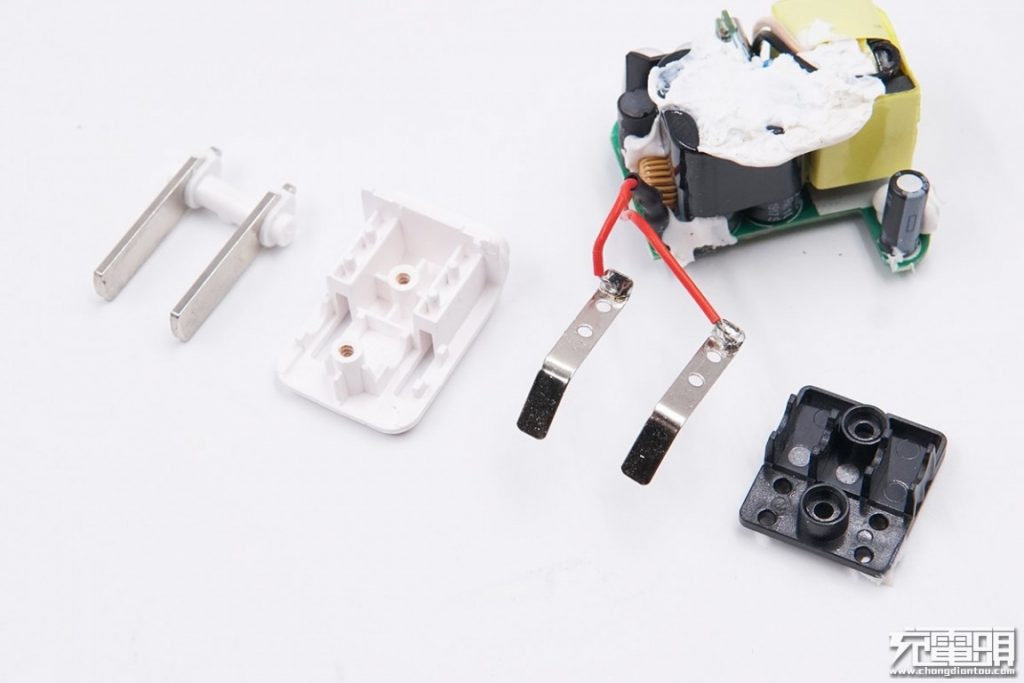
Open up the prongs.
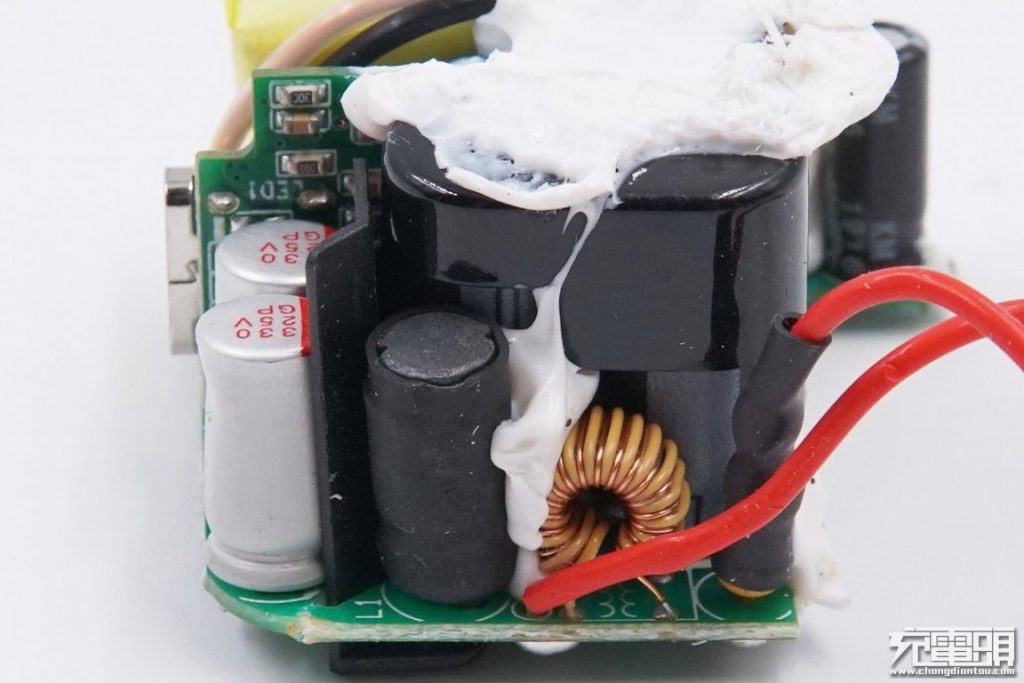
The input side has a common mode choke to eliminate EMI interference. Two red silicone wires are connected to the PCB board for power supply. One of the wires is connected to a fuse; a rubber insulated baffle is placed between the primary side and the solid capacitor on the secondary side.
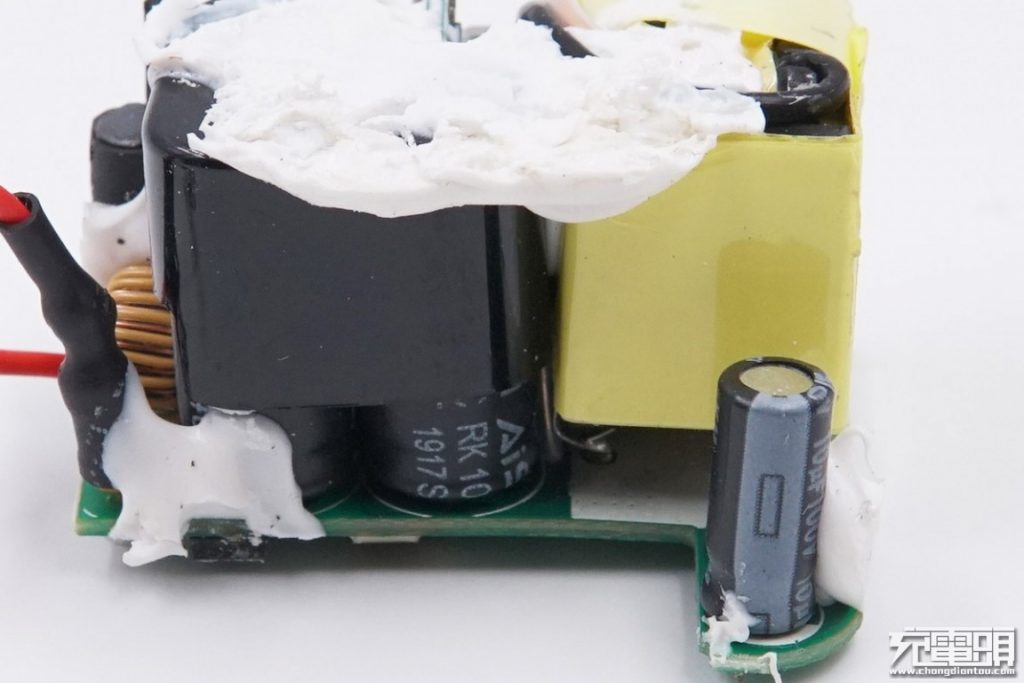
The top of the input filter electrolytic capacitor is insulated with a plastic cover, and on the right corner is the PWM chip power supply capacitor.
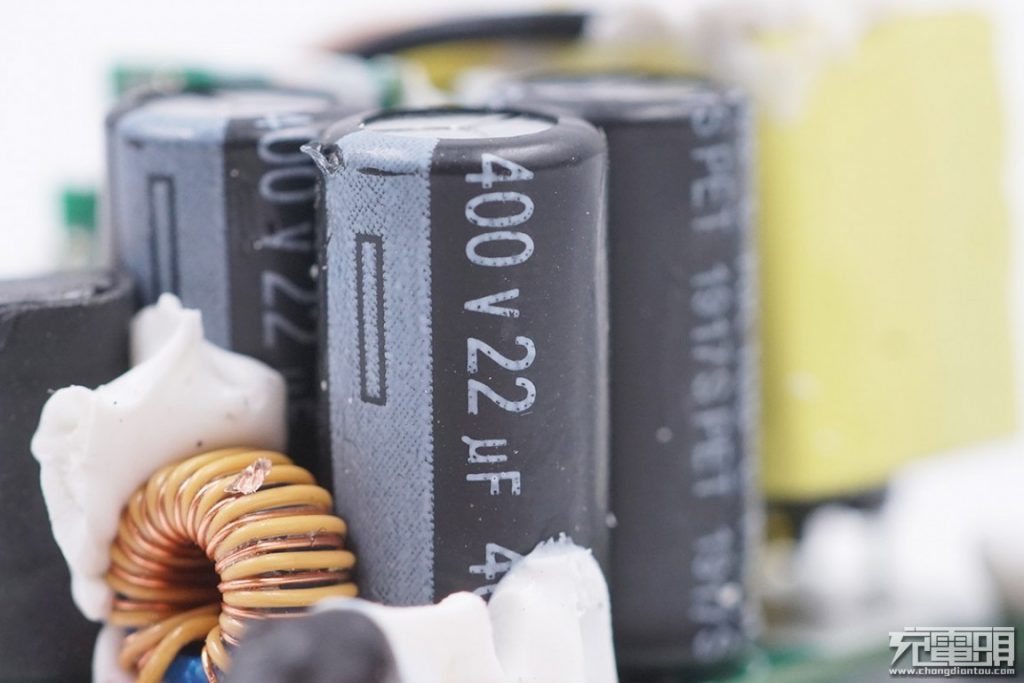
Three AiSHi aluminum electrolytic capacitors for input filtering, and the specifications are 400V 22μF.
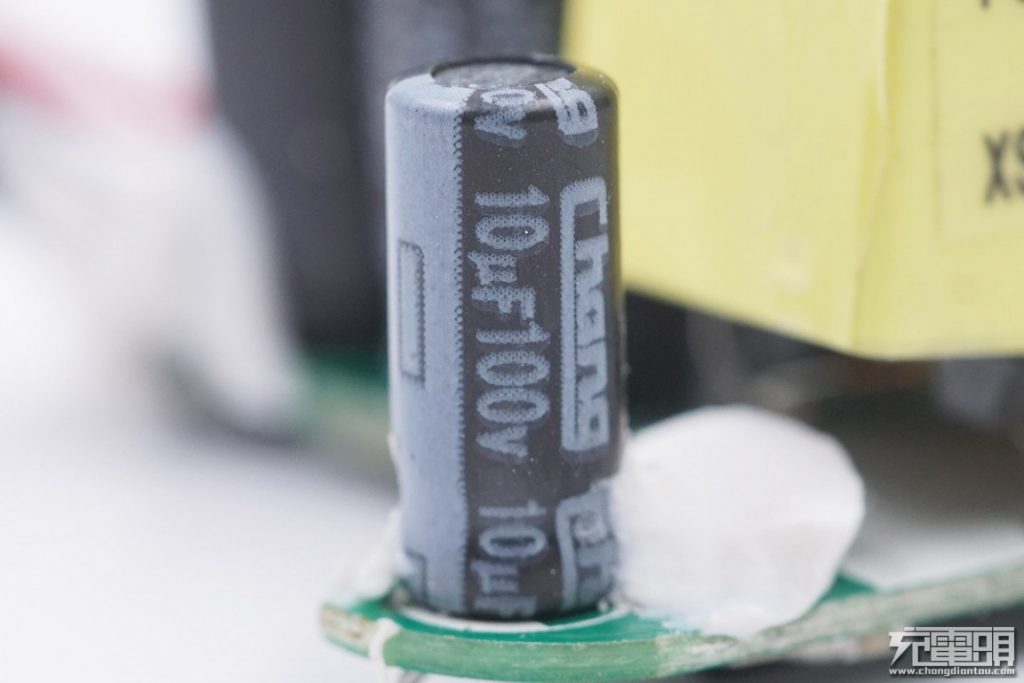
A power supply capacitor for the PWM chip from Changzhou Huawei Electronics, 100V 10μF.
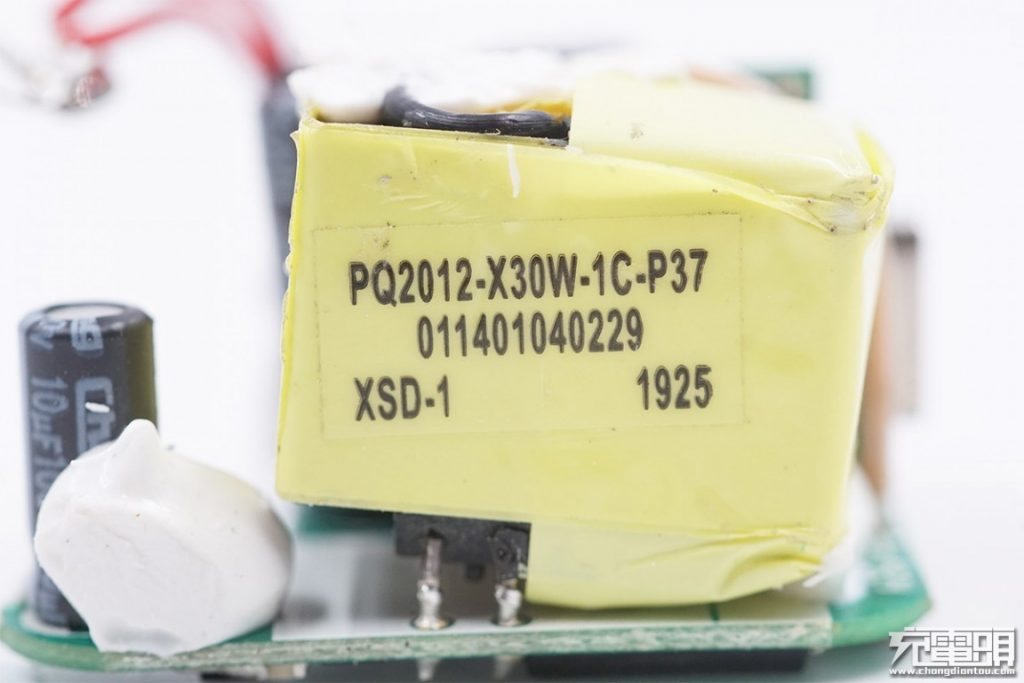
Letter code on the transformer.
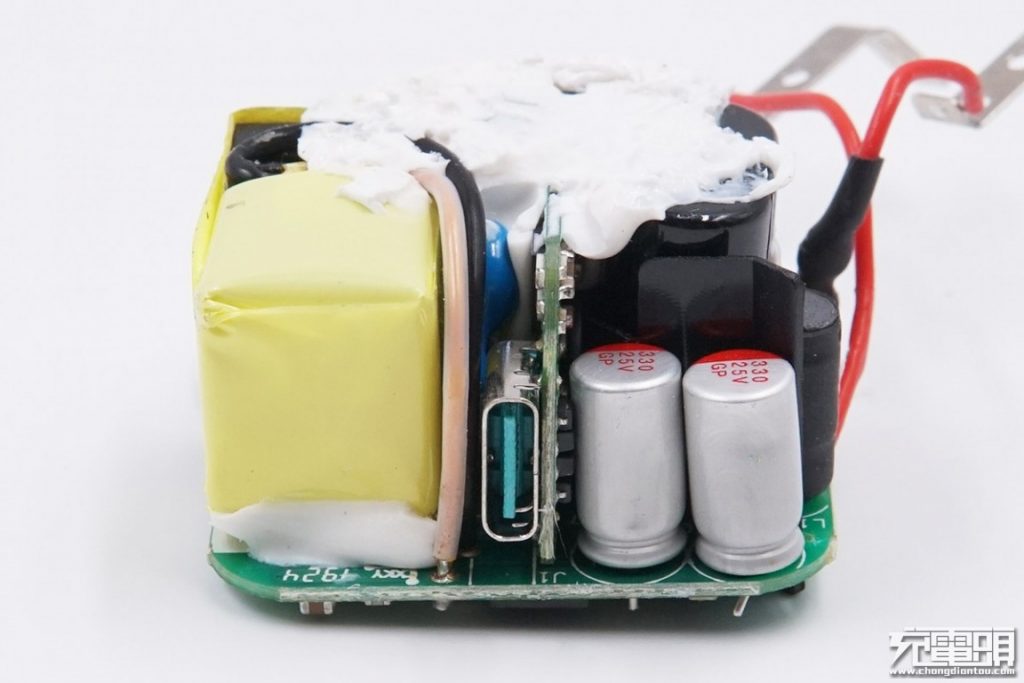
Beside the transformer is the USB-C port on a daughter board for protocols, and two solid capacitors are placed for output filtering.
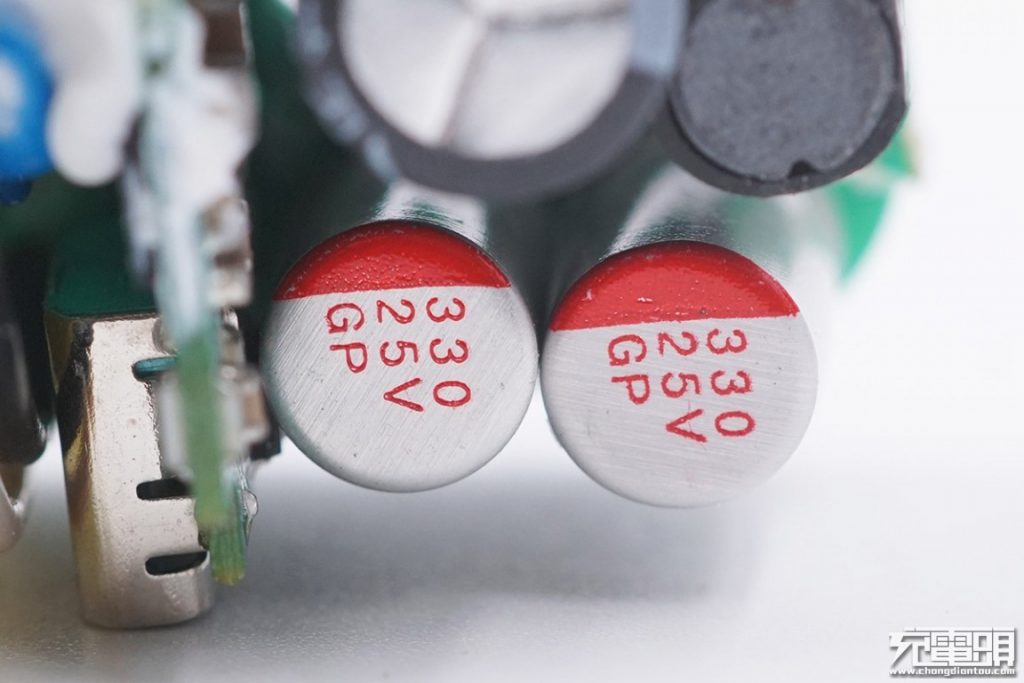
Two output filter solid capacitors, 25V 330μF.
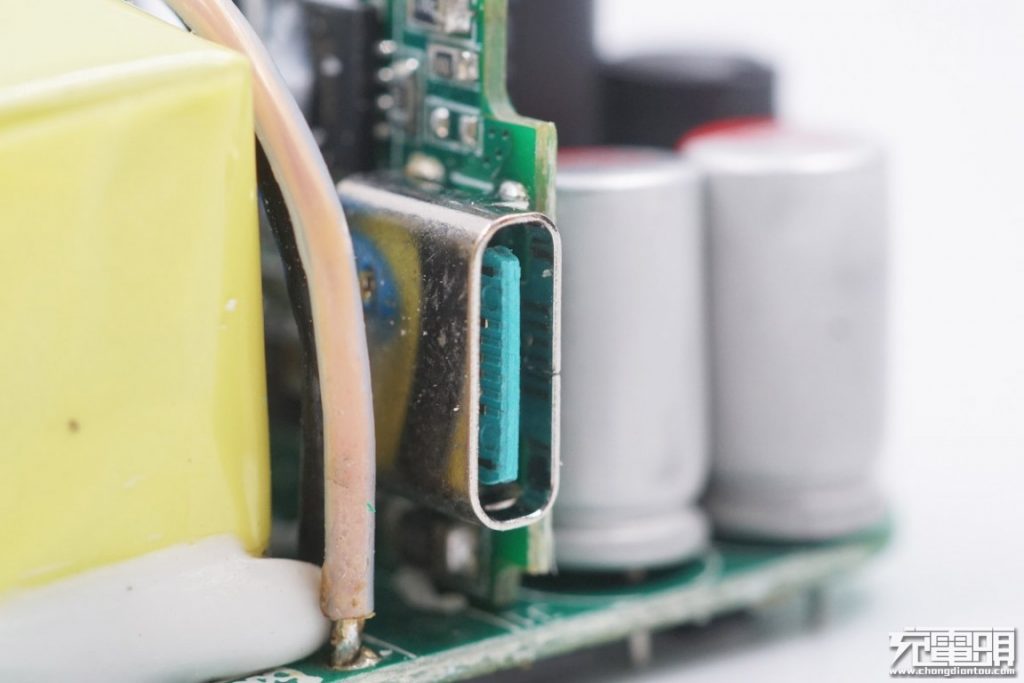
Close-up of the USB-C port.
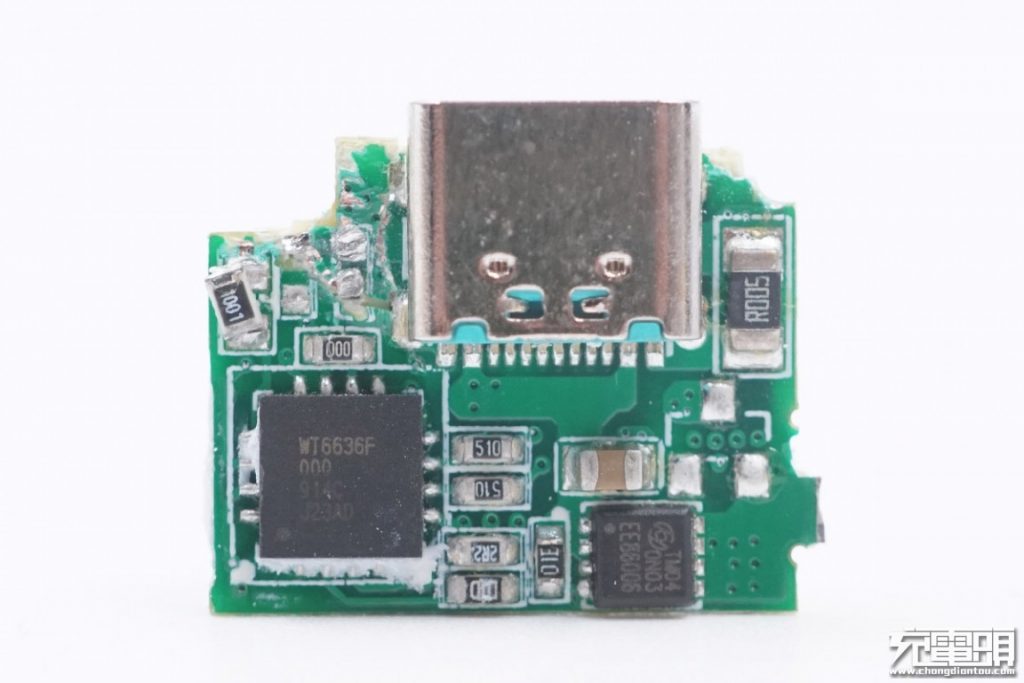
Remove the USB-C protocol daughter board, which has a protocol chip and an output VBUS switch, and on the upper right corner is the current sense resistor.
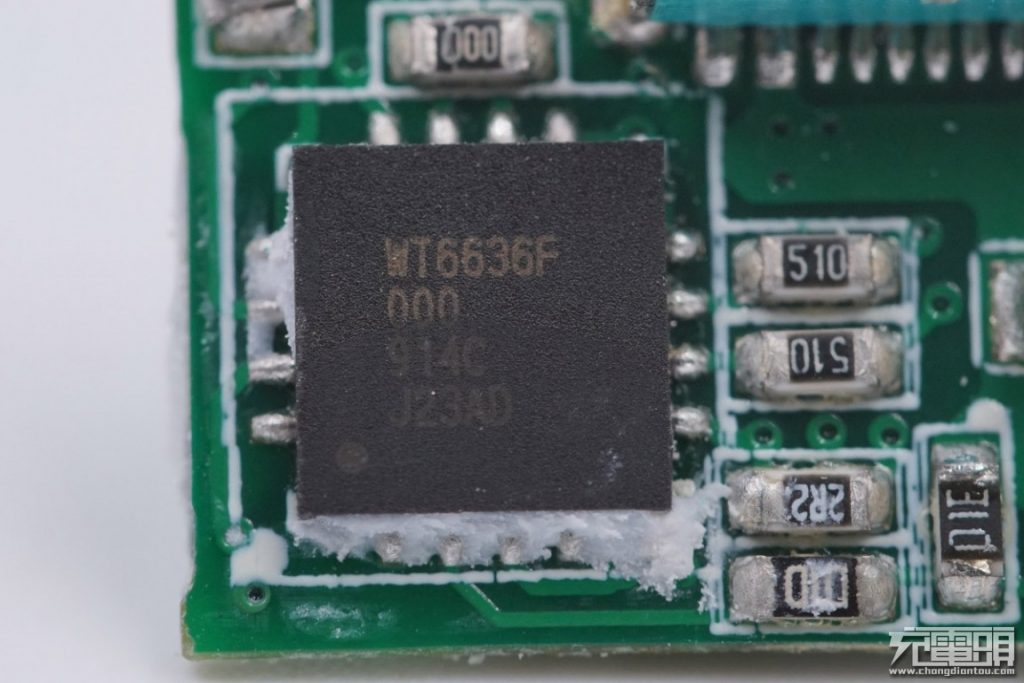
A Weltrend WT6636F is used as the USB-C interface controller. It is a protocol chip (TID No. 1080018) certified by the USB-IF USB PD3.0 (PPS), we have seen it inside the 65W Lenovo Thinkplus "lipstick" charger (https://www.chargerlab.com/lenovo-thinkplus-pa65-65w-usb-pd-charger-teardown-review-engineering-brilliance/).
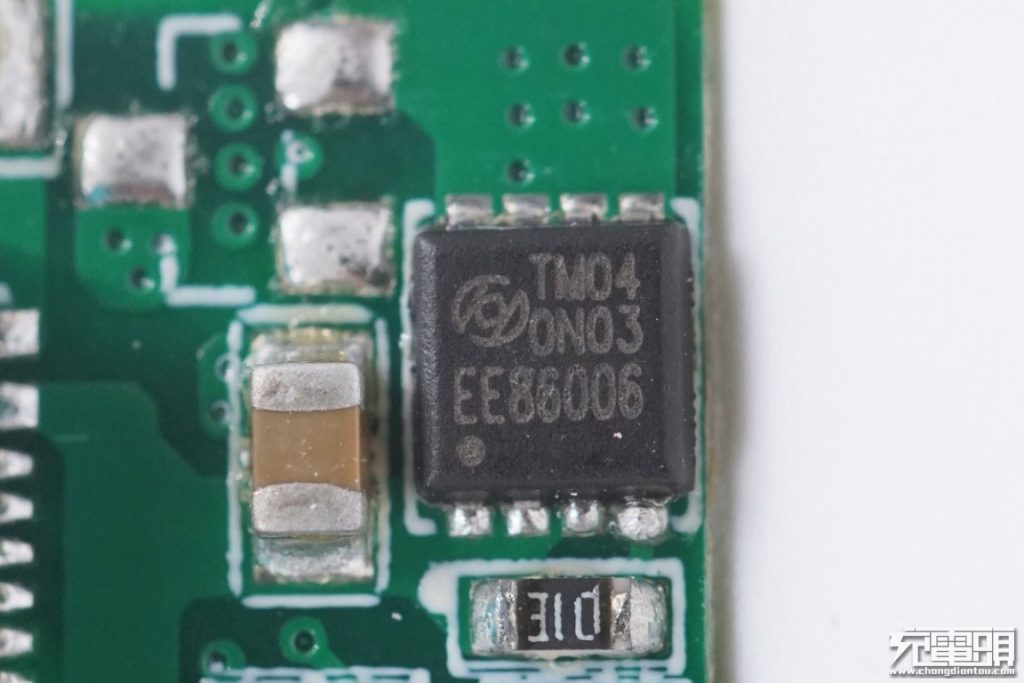
A Hunteck HTM040N03 is used as the USB-C interface output switch MOS tube.
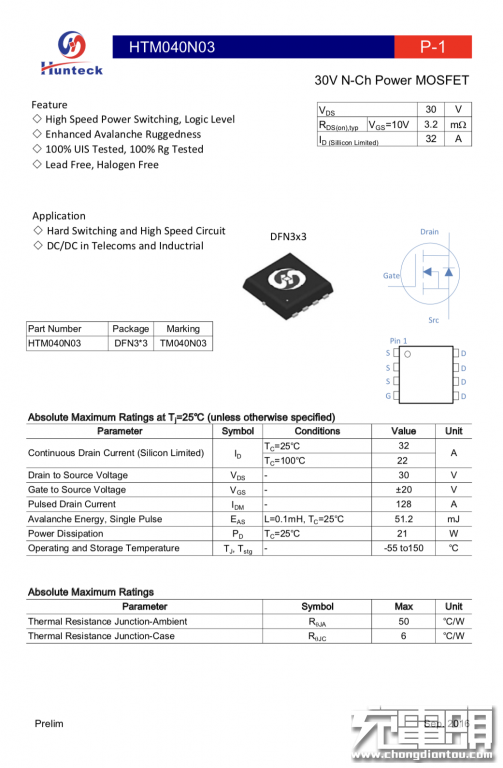
Detailed specifications of the Hunteck HTM040N03.
A Y capacitor besides the transformer to reduce output interference.
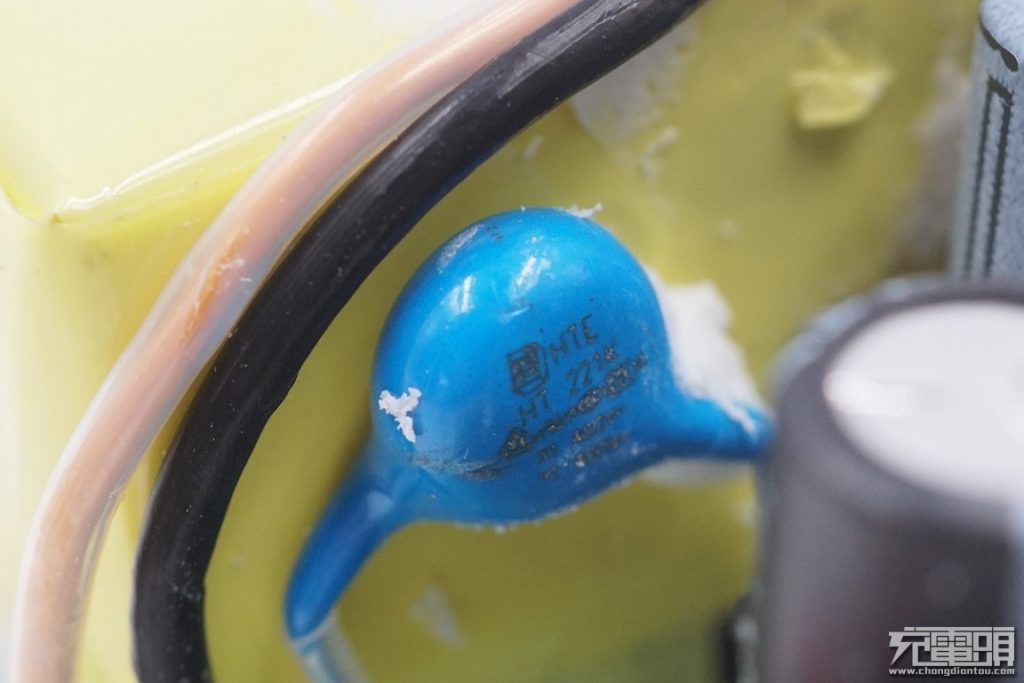
All the components.
IV Conclusion
The Ravpower PD Pioneer 30W GaN charger shares a lot of similarities with its big brother, the Ravpower PD Pioneer 61W GaN charger. As we pointed out in the teardown of the RAVPower PD Pioneer 61W GaN Charger, we see the mature of GaN technology in the Ravpower's latest GaN chargers. Thanks to the GaN solution from Power Integrations, engineers are now able to build a 30W charger that's very similar to a conventional 10W charger, despite dramatic performance difference.
The popularization of GaN chargers has begun.
Pros:
Powerful, compact, and runs cool.
High quality components and thoughtful design.
Reasonably priced.
Cons:
Does not support PPS.
Note: ChargerLAB is reader-supported. Our editors independently research, test, and recommend the best products. We may earn commissions on purchases made from links on our site.
Source: chongdiantou

